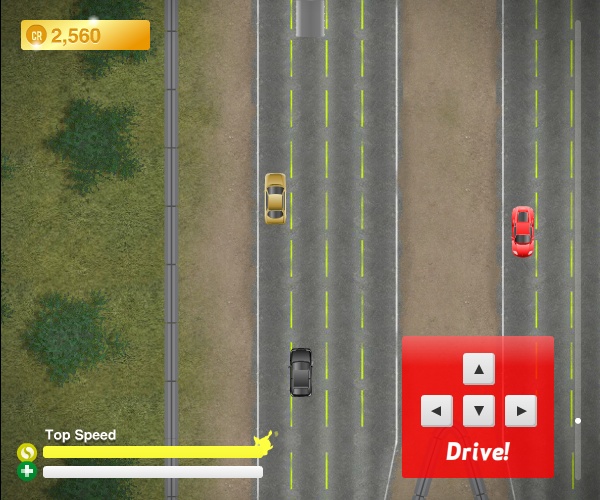

This is a satellite service that is uplinked for the specific purpose of reception directly by consumers. Also called DBS (Direct Broadcast Service). With few exceptions, FSS transmissions are usually not intended for consumers directly.īSS - Broadcast Satellite Service. Satellite service intended for commercial applications, such as transmitting feeds from an uplink facility to a downlink facility where it can then be processed for other uses.
HACK DIGICIPHER 2 TV
SECAM - Another TV standard used primarily in France and Russia.įSS - Fixed Satellite Service. TV standard used in most parts of the world, including Asia, Europe, and Australia. TV standard used in North America, Japan, and most of Latin America. NTSC - National Television Standards Committee. MPEG II - Moving Picture Experts Group II, A system for compression of digital dataĭiSEqC - Digital Satellite Equipment Control Delivery Frequency / Downlink Frequency Used by StarChoice, 4DTV, and Digicipher 2 free-to-air (not the same as MPEG2 FTA).ĭL Freq. Video standard used by Direct TV.ĭigicipher 2 - Encryption system and video standard created by Motorola. Video standard used by Dish Network, Bell ExpressVu, PowerVu, and MPEG2 free-to-air.ĭSS - Digital Satellite System. SKEW - Rotation (Clockwise / Anti-Clockwise) of the LNB or LNBFĭVB - Digital Video Broadcast. Symbol Rate (SR) - Size of the digital package transmission H/V are horizontal/vertical similar to a fishing line cast either overhand or sidearm. R/L are right and left 'circular' rotation similar to a corkscrew. Polarization - The physical orientation of the waveform from the satellite. Rain Fade - When rain or snow affect the satellite signal. Frequency - Local Oscillator Frequency (C-band = 5150, Ku Linear = 10750, Ku Circular = 11250) MUX - A group of channels on same frequencyīouquet - A group of channels on same frequency Another diplexer then separates the signals to the receiver of the TV set, and the IRD of the DBS set-top box. Small diplexers are often used to distribute the resulting IF signal (usually 950 to 1450MHz) "piggybacked" in the same cable TV wire that carries lower-frequency terrestrial television from an outdoor antenna. The two (DSS and DC) never converged.LNBF - LNB Feedhorn - Direct broadcast satellite (DBS) and many Ku (FSS) dishes use an LNBF, which integrates the antenna's feedhorn with the LNB. DSS was quite the topic at the time of its launch, so was DigiCipher as we were waiting for GI to release it. Not exactly sure if you were around when DSS first came out, but I was and was a TVRO owner at the time and had been for years, used to listen to various talk shows about satellite on audio subcarriers at the time. GI never licensed either version of DigiCipher to RCA, Sony, etc. The ONLY consumer service that EVER used DC1 was Primestar.

There was no consumer DCII equipment even available until 1997, as a matter of fact GI was still testing DCII in 1994 when DirecTV launched. GI to come out with a consumer version of that.

4DTV received DCII channels from C/Ku band, but we had to wait until 1997 for. GI never sold anything to DirecTV, to Primestar, yes, DTV no. DC was created by General Instrument, not to mention the fact that like DTV SD it is not fully MPEG2 compliant and it is not card based, it is and always has been built into the receiver. I can PROMISE you DTV never used DigiCipher II or DigiCipher I.


 0 kommentar(er)
0 kommentar(er)
